Making Memories
Peak District, Derbyshire, England.
Sweat is running down my face.
Its 30°c+ in right in the middle of this years heatwave. I’m climbing a 500 metre ridgeline with friends. This started off as a walk, and ended up in a 12 mile hike. As always I’m carrying my camera, with my friends cradling similar setups in the hope of snapping a pic or two before heading to the blessed pub. It’s times like these I’m thankful for the small setup I carry, anything bigger and I don’t think I’d make it up this incline.

My names Jamie, I’m from Nottingham in England. I work in a really boring sales job all week. But on the weekends and evenings I’m a graphic designer and landscape photographer. I’ve been creative since I could think, I have studied in various disciplines to a degree level and have been dabbling in photography since about 2012 when my (now) wife bought me my first camera- a Panasonic DMC-G3. Not knowing much about cameras but I knew that I wanted two things:
- Changeable lenses
- Cheapness (we were students!)
And so it is that I fell into the world of Micro Four Thirds cameras by accident – and I’ve never looked back.
My early photography (plus the fact I was using an already outdated camera body) taught me a lot, not just about taking pictures but how much a good photo is capturing a memory, a fleeting second, and how little it is about using a full frame, 6 zillion pixel, £20,000 camera. It’s about so much more than the latest and greatest, like having the right camera, and having it with you. Would I have brought a behemoth of a DSLR up a ridge line for a hike in this heat? Probably not. Would I always keep it in with me for long journeys? Again, probably not.
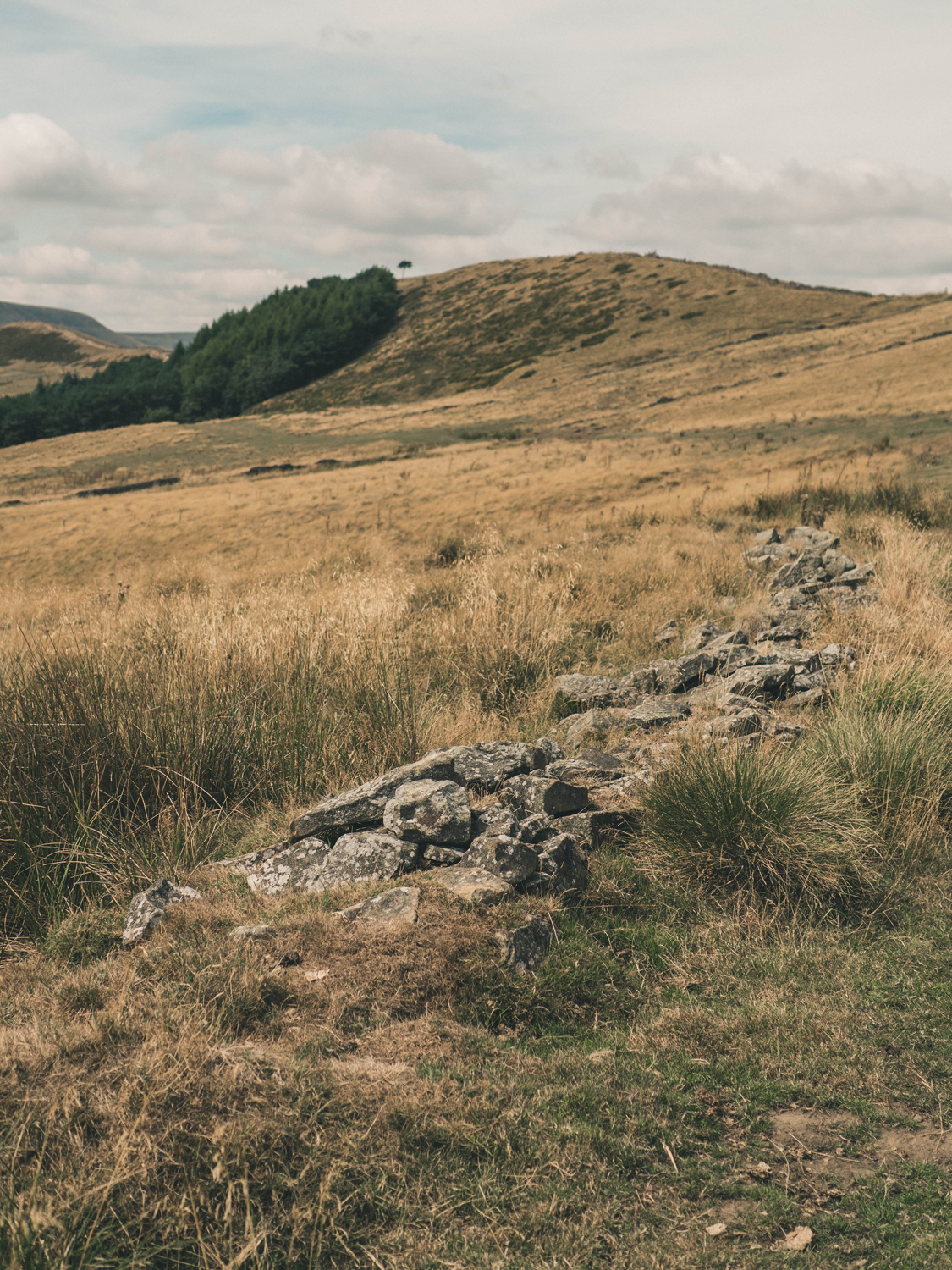
Setup
As I said, I have never looked back form the Micro Four thirds setup, but I started to find after a couple of years that I was outgrowing my cameras capabilities. Unfortunately I was never going to be able to fund a new camera, having just graduated and bought a house. It was at this point I came into some inheritance from my Grandfather, himself an amateur photographer in his day. And I knew exactly how he would want me to use some of this (after buying an engagement ring…) so let the research commence.
I loved the form factor and the lenses and the crop factor and every other aspect, so I had to stick with Panasonic right? Wrong! I knew intellectually by this point I could swap to Olympus but I had never really considered it. Until I laid eyes on the Olympus OMD E-M5 II.
Love. At. First. Sight.
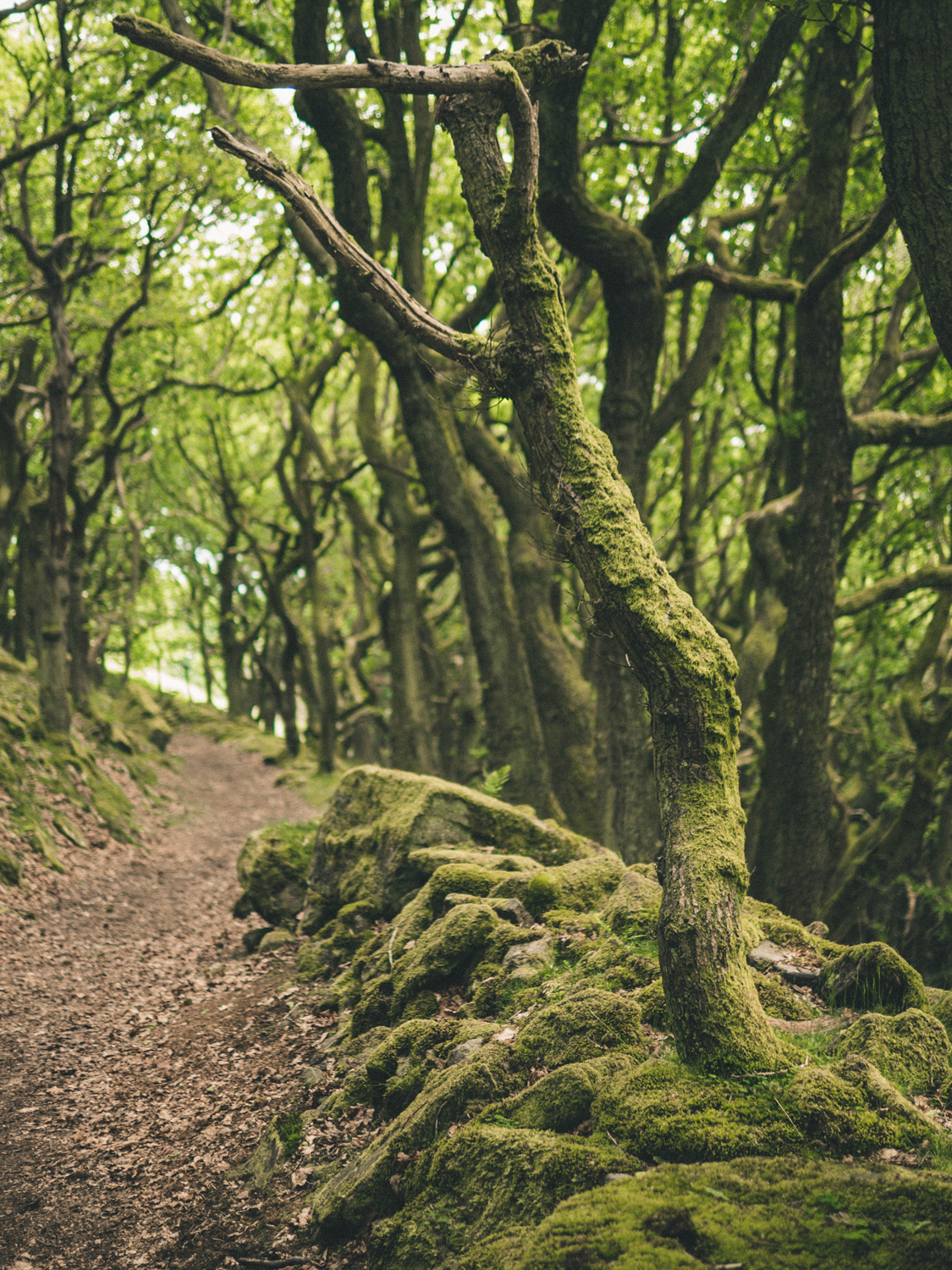
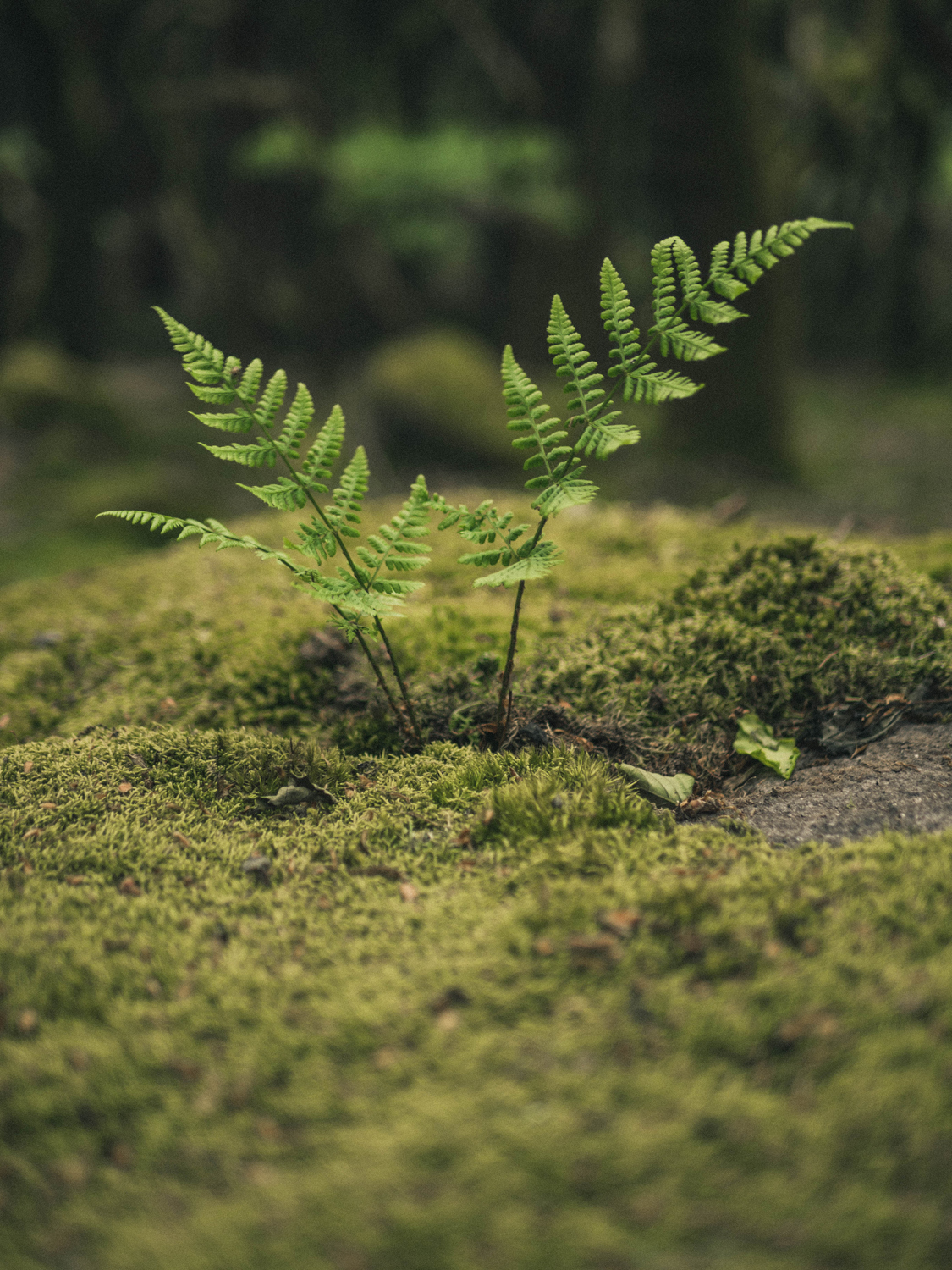
Near Pro level specs, the perfect form factor, weather sealing, an aesthetic that reminds me of my grandads old Pentax ME Super (that hangs on my wall to this day) AND with a decent lens and it’s not even the price of some mid-end DSLR bodies? Yes PLEASE.
So it is that I now find myself firmly entrenched in the Olympus setup, coupled with some Panasonic lenses too. My current setup consists of the E-M5 II body (no joke, I would be hard-pressed to swap for ANYTHING on the market) and a Panasonic-Leica 25mm (50mm equivalent due to crop factor) F1.4. They say that 50mm is one of the best focal lengths and I definitely find I agree, this is on my camera like 80% of the time, for everything from portraits to landscapes. The only let down? No weather sealing (sad face).
To compliment that I usually carry an Olympus 12-50mm weather sealed lens. Solid lens, sharp enough, good focal range for me and great if it rains. I’d love to swap this out for the 12-40mm f/2.8 Pro someday, wife permitting, but thats not gonna happen any time soon! I sometimes also carry an older Panasonic 45-150mm lens for reach, but it doesn’t get used all that much these days.
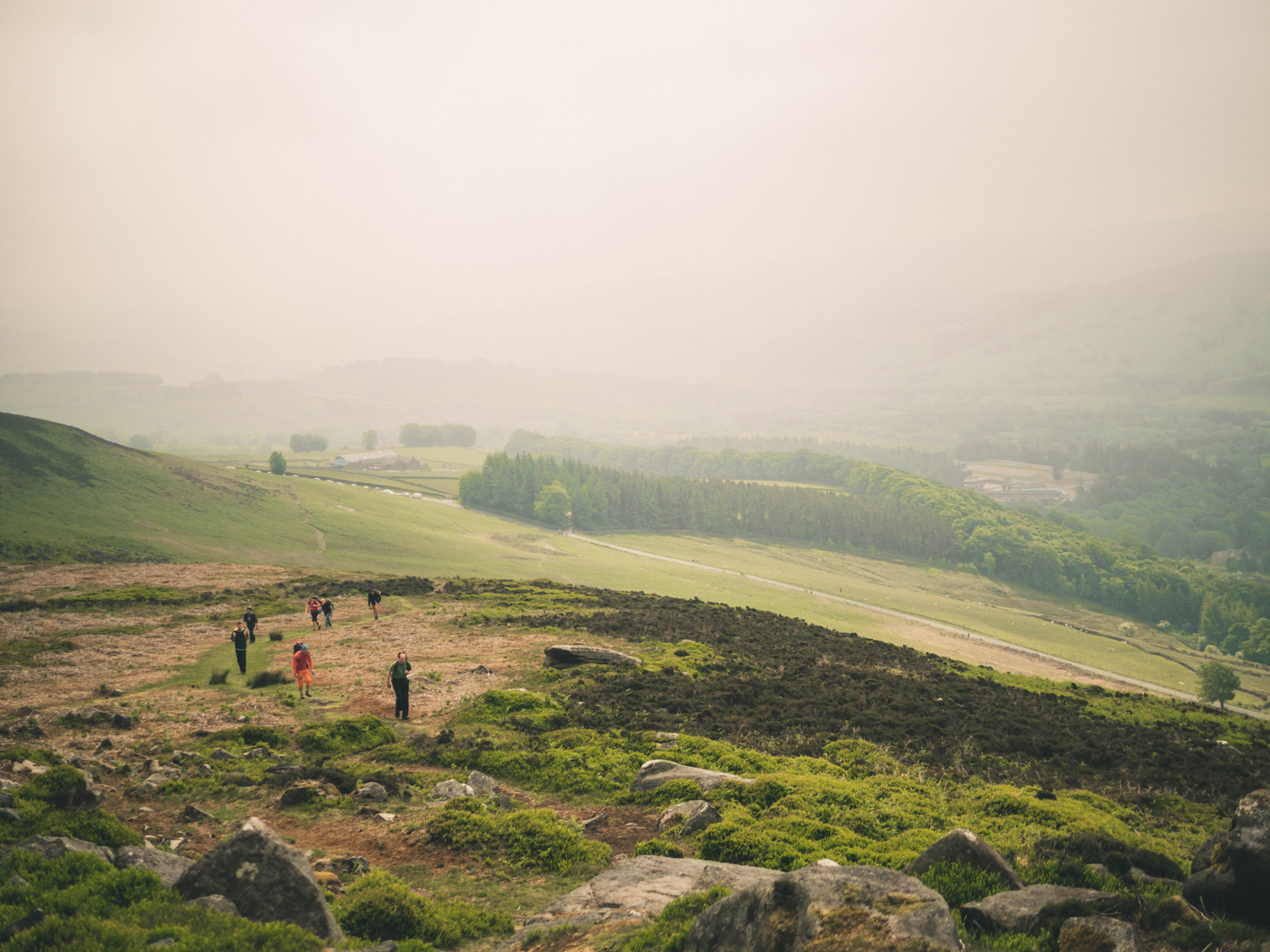
Alongside my main camera I also use a GoPro Hero 6 regularly. I originally bought this in order to film my honeymoon, and it has now evolved into a piece of kit I carry more often than not to film. I mean, I don’t need a separate video rig or camera as this is more a passing interest at the moment and honestly the quality is more than good enough for what I need, I’m actually carrying it on this hike to create short video after.
I also use the original Google Pixel XL as my phone. At the time it was the market leading camera on a phone and it still performs great nearly 2 years later. This was actually my main photo and video management and editing device for my 2 week honeymoon because I didn’t take my laptop (on purpose!)
The M43 (Micro Four Thirds for the uninitiated) system has a lot of pros for me personally. I love the form factor, having a small camera means I’m more likely to carry it. The crop factor can play in my favour, giving me more reach on my lenses. Speaking of lenses, they are also tiny! I can easily throw my camera and a spare lense in my wife’s handbag if we are out for the day.
I think though, the biggest pro for me is the cross compatibility. Two of my three regular lenses are Panasonic. My two friends I mentioned earlier? Both shoot on the system, one of them on a Panasonic body so we can swap lenses between us all really easily.
Now don’t get me wrong, I love this system, but I’m not a blind fan boy. I know it has its cons as well as its pros. Like that crop factor. While most of the time I like it, sometimes I wish I could get a nice wide angle lens in the 15-20mm range. On M43 this means going to like 7mm – meaning fisheye generally, which isn’t something I’m interested in.
ISO performance suffers a bit with the smaller sensor too (it’s getting better, but it still isn’t out of this world). To be honest though, I still wouldn’t change. It isn’t perfect, but it fits what I need. I often find in life though, that when I fall into something naturally it tends to be right. Whether thats just my personality or sheer dumb luck I don’t know!
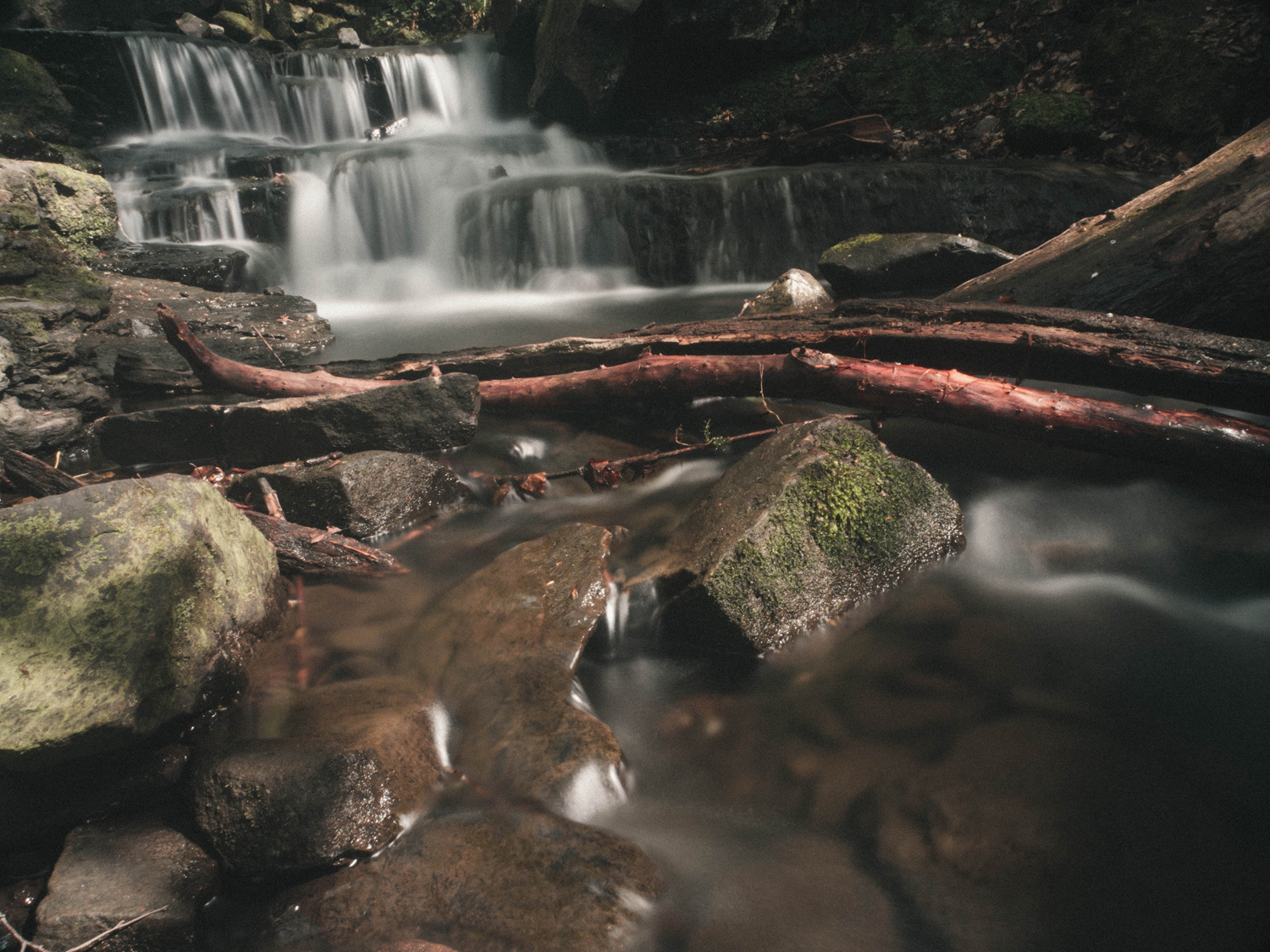
Photography
Take landscape photography as an example. When I’m talking to other photographers about how they started or reading online articles, I often come across this idea that the photographer had a thought process where they said ‘I want to take photos of weddings’ or ‘I want to be a portrait photographer’. I never had that. I never said ‘I know, I’m going to take landscape photographs’ but it’s something I grew into.
Around my early photography I was still in the midst of my studies, and my photography started off supporting my degree – capturing textures and shapes for my 3D modelling course (I studied Games Design at University by the way), and this naturally led me into exploring cityscapes a lot at that time, and that slowly bled over into landscape photography because of my love for the outdoors. I still want to try out a bit of portrait work sometime but its not a massive priority. Truly the only portraits I capture are of my wife and doggo.
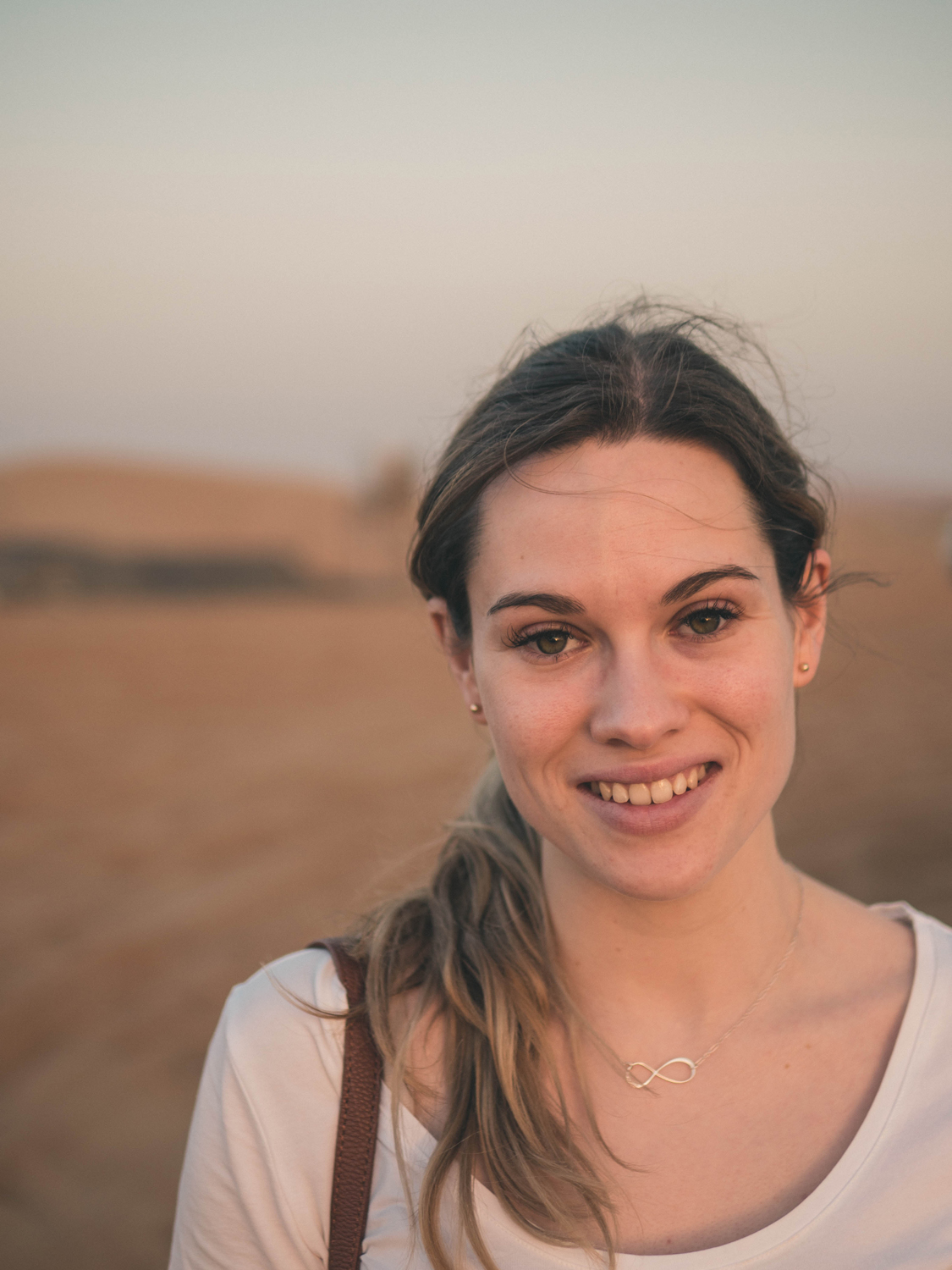
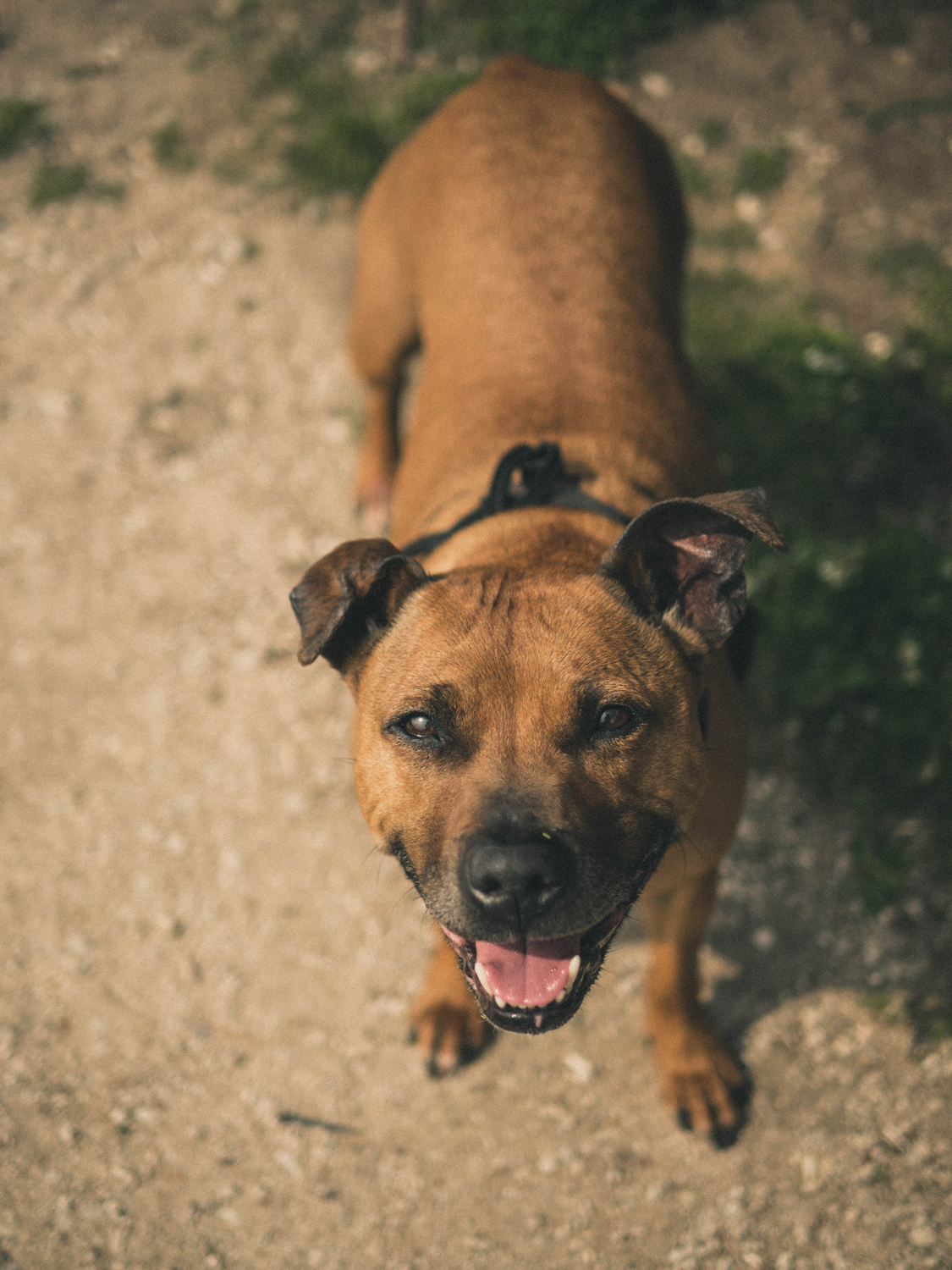
The reason I have never really explored this, and have grown to love landscape photography so much is that it’s more than just a hobby I use for filling my time. The process of going out and getting a shot (alone or with friends) and knowing I’ve captured a good one and then taking it home and editing it is more than just the satisfaction of getting a good photo. For me it’s a form of relaxation, of meditation. It chills me out, takes me away from everything like work and money worries (we all have ‘em, right?).
It’s the same reason that comes up when I talk to my professional photographer friends, when we chat about doing it as a job. I don’t want it to feel like a job. It might sound stupid and I know it be a dream to just take photos all day, but I worry it’ll do the same as my degree. Having studied Games Design and torn games apart and deconstructed them, I actually came to dislike games sometimes and didn’t play any for a while after finishing uni.
I don’t want the same thing to happen with this passion. I want to just relax and take pictures because I want to, to get up at supidA.M for a sunrise or stay up overnight to take pictures of the stars because I want to. Not because I need a pay cheque.
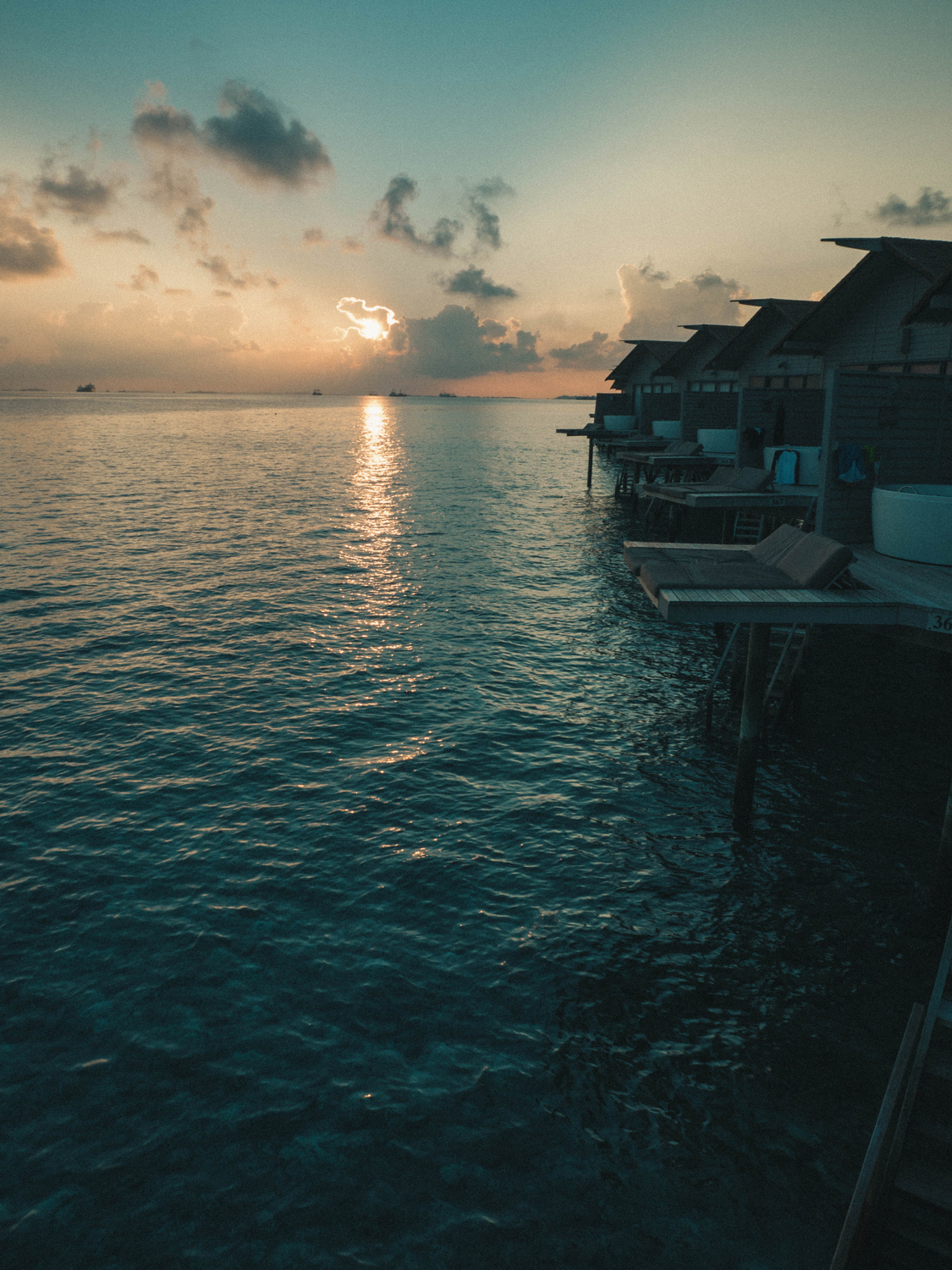
Like the physical aspect of taking photos, my workflow and post processing has been pretty relaxed and a work in progress over the last few years and is finally getting pretty set. The one thing that I have always done and always will do, is at the end of everyday (at home in my office, in a hotel room, wherever it may be) the first thing I do is offload my memory card into Adobe Lightroom.
When I first started I used to import them manually- sometimes a couple days later. Then I would go through the arduous process of organising my pictures in folders and then going through them all to find my favorites and pull them into Camera RAW (Photoshop’s RAW editor) and edit through there.
Little did I know at the time that Lightroom can easily be setup to auto sort my imports into folders (I go for a date based system BTW), and drop them all in a collection with some basic adjustments already done. I scout through this and flag my favourite shots, and when I get to the end I filter these out and set to editing. Easy-peasy lemon squeezy. Gives me way more time to not only edit but do whatever else I need to do when I get home.
From here I use a couple of presets that I have developed over the last 6 months that give me a fairly consistent starting point (I have three- a neutral go to one, one for Autumn and one for Winter). This is the step that has taken me the longest to get too. I used to, even after moving to Lightroom, edit each photo, uniquely and one at a time, or choose from a long list of presets everytime.
And then I would look at my catalogue or my Instagram feed and not be able to understand why other peoples looked so much better when I had some decent shots. I realised this is because they had a look, they had a style. Even if one shot was a portrait and the next a landscape, they had a consistent look. So I went to creating my own by looking at what I liked about my past ones and what consistent features I have.
I like a softer palette and tone most of the time. So I softend it. I have a lot of green, so I went about making the green the way I like it. I like it warmer- but not too warm all the time. Warmed up. But actually in Winter and Autumn I like slight differences- colder and warmer respectively. Adjusted.
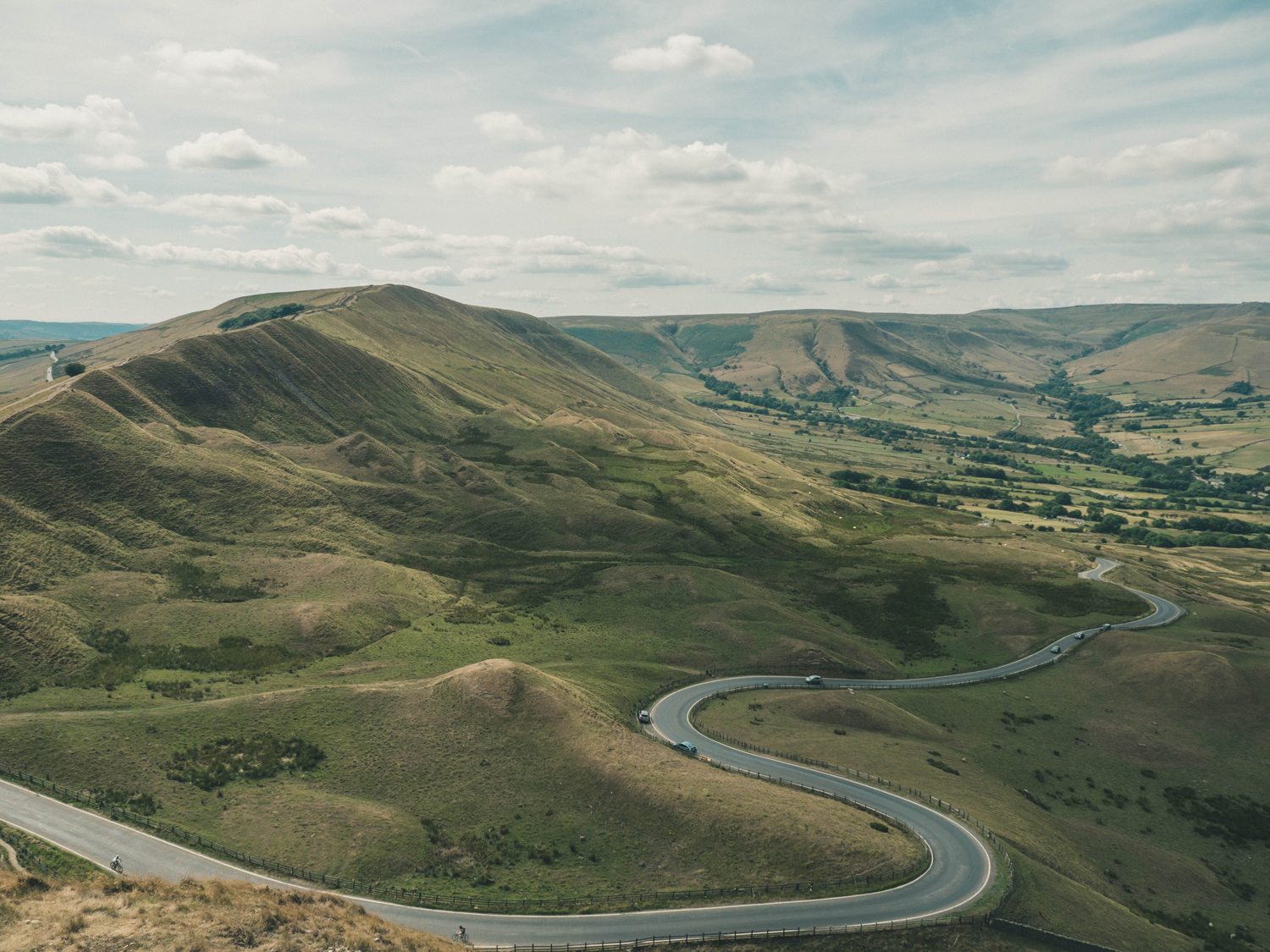
It’s been an involved process but now I have three or four presets that give me exactly what I want and allow me to tweak on top. Something I find important to remember is that a preset is a starting point. I don’t apply one and then export. I look at how it fits that photo and then tweak it. Is is too warm? Is it well exposed still? This applies even if your using someone else’s presets too.
A welcome byproduct of this process to create a more consistent look is that I have been reviewing my photos in detail, but not just the ones from a trip at a time but my whole catalogue. I realised that one of the things I struggled with and have compensated for is making my pictures interesting- especially since I don’t have a golden hour involved often.
I see feeds full of these amazing colours and skies, and watch these videos from photographers I admire about how going out at golden hour is the best thing you can do to improve your photos, and it used to make me self conscious of the fact I rarely have that.
I don’t often get the chance to get out at golden hour for a sunset and sunrise, it doesn’t really fit my lifestyle to be out all the time in the early morning or evening. And truly I don’t always know the best way of capturing it when I do (I’m working on it, promise).
For me I have found its all about the other visual interest. No sunset? Well is there interest in the sky with dramatic clouds? Is there an interesting angle you can get? Some water you could get a long exposure that will add interest? This often leads me into what I think of as ‘micro-landscapes. Not on a macro level but, say- focussing on a dry stone wall with everything else behind it in a shallow depth of field, or an interesting feature sat in long grass.
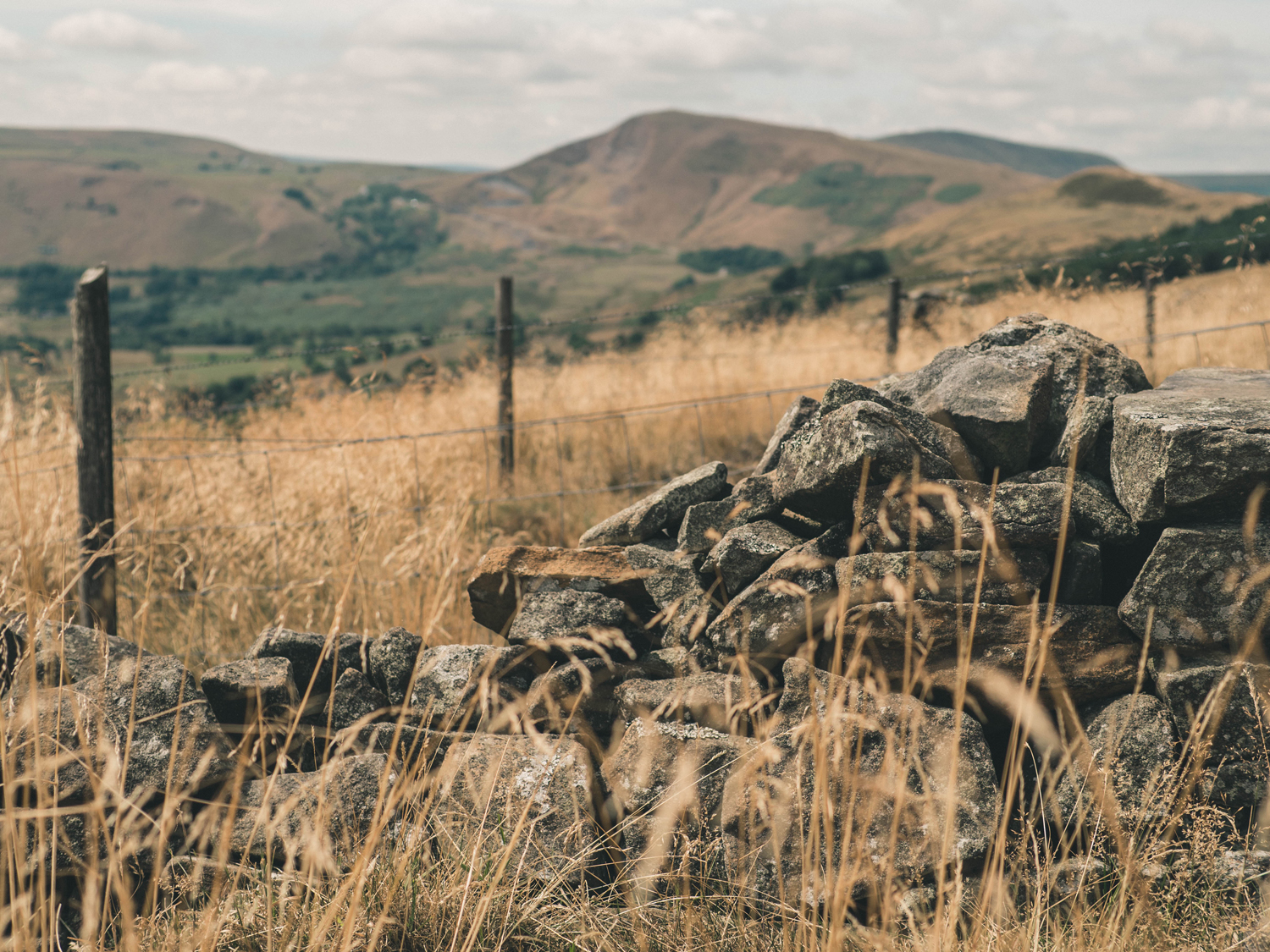
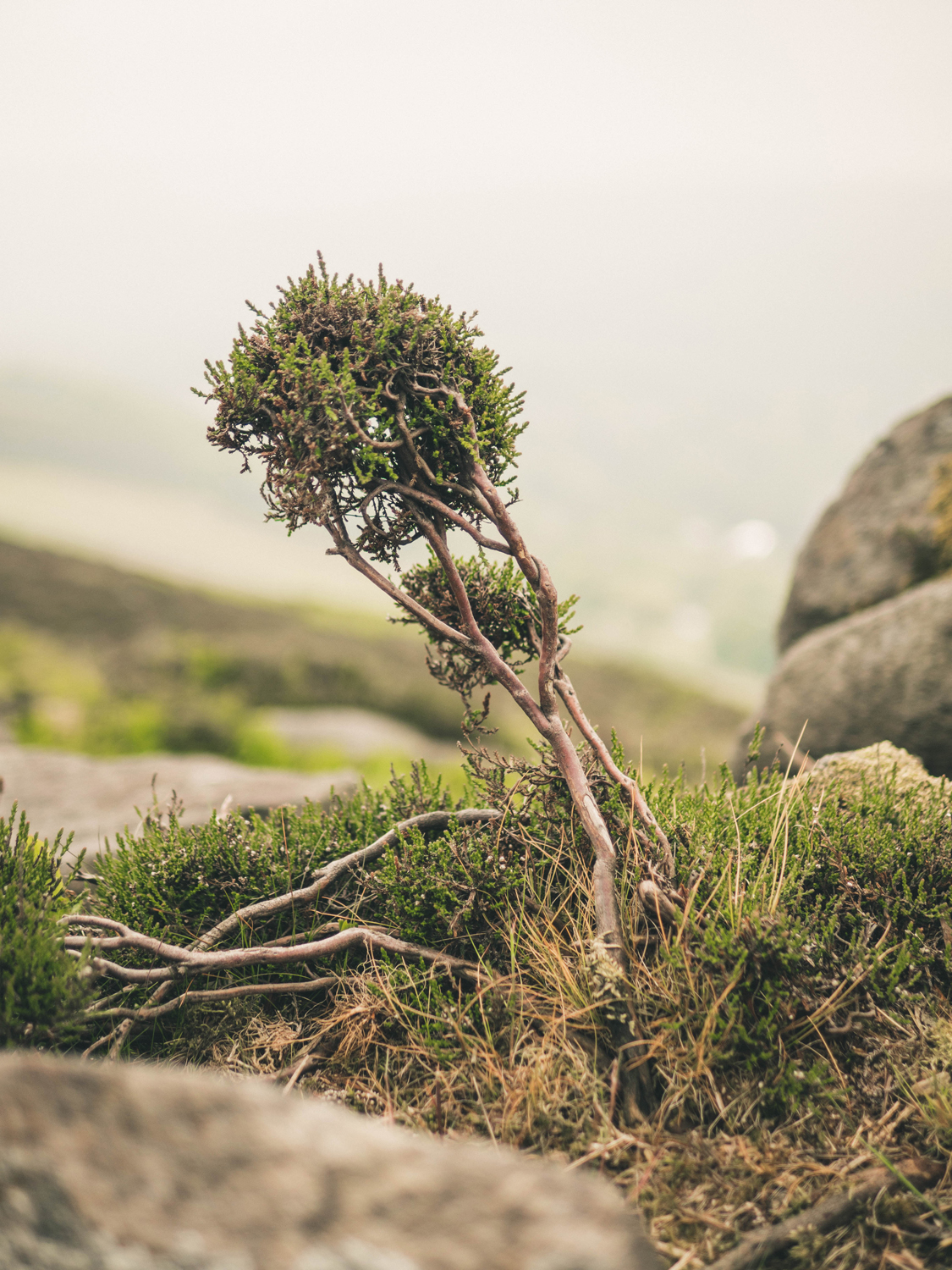

And also, what does the photo remind me of? Is it just a photo from atop a ridge of a vast landscape or is it a long exposure of my brothers and I dancing around with torches in the middle of the night when camping, or my two best friends sat on top of this ridge after dragging each other up here in this ridiculous heat.

It’s a work in progress to marry interesting photos with meaningful memories, but it always is and always will be!
The other issue I have found comes up when I chat to my friends is location. We can’t always go and take photos of epic landscapes or go to interesting street photography locations. We have full time jobs and mortgages. I’d love to go to New England for a month in Autumn (sorry- fall), or to the middle of the Alps in those epic landscapes. But again is it the most important thing really? And who will look after my dog?!?!
I have however been pretty fortunate to take my camera to some cool places but only ever as a byproduct of already being there- I have never gone abroad on a trip just to take photos.
Iceland was a memorable trip and I got some great photos.
But actually it was pretty awesome because this is where my wife agreed to marry me.
The most memorable for me though is definitely documenting my trip to the Maldives. Well, I say trip- my honeymoon.
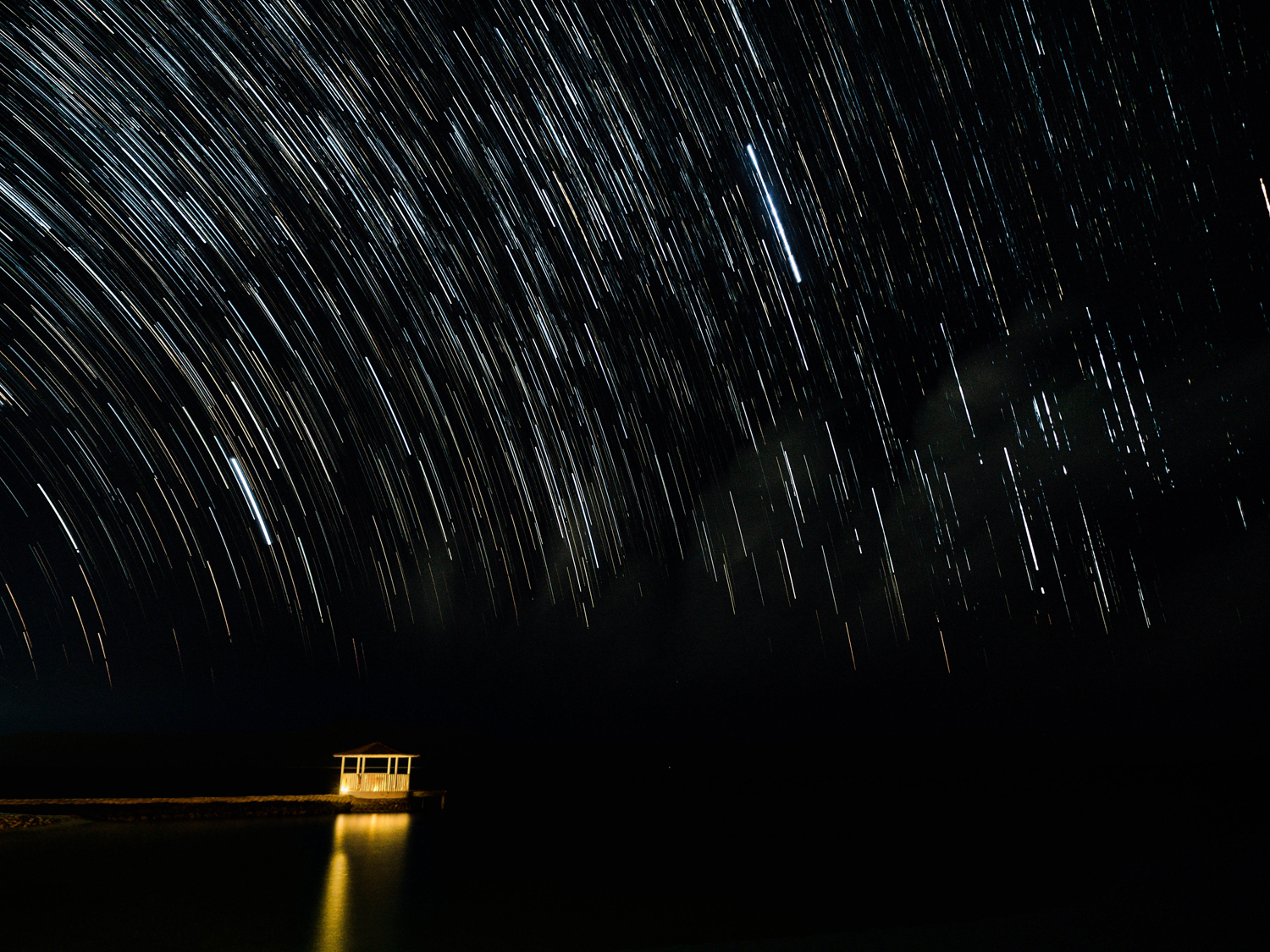
And that’s the core of it for me. Yes, I’d like to go to Iceland for a couple of weeks and take photos. Yes, sometimes I just wanna go take some pictures in the Peak District but actually most of the time I’d rather go out for a 12 mile hike in baking heat with my best friends, and chat and drink and make some awesome memories. Oh and I’ll probably take a few snaps along the way.
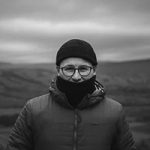
Nottinghamshire based creative, with a focus on branding, digital and print design alongside photography.
“I’ve been creating since I could walk and over the years have channelled this into digital work. I work on a wide range of graphic design, from brand and identity to web design. I develop this alongside my passion for landscape photography, exploring the nearby Peak District on a regular basis.”






